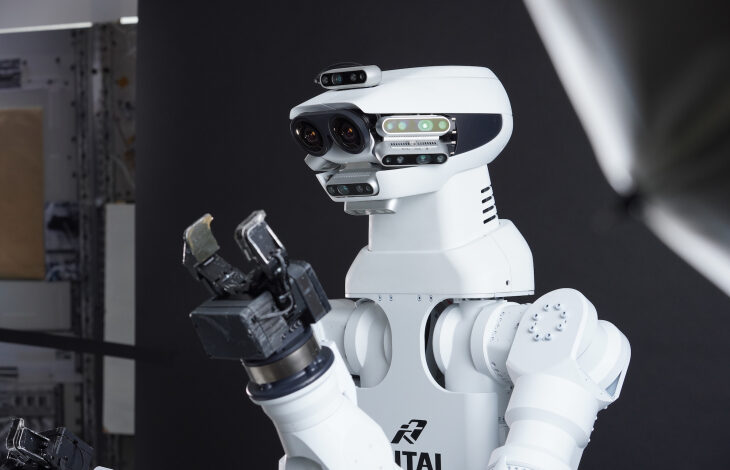Space Startup Gitai Secures $17.1 Million In Funding To Build A Robotic Space Work Force

Space Startup Gitai Secures $17.1 Million In Funding To Build A Robotic Space Work Force. Japanese space startup Gitai has managed to raise a $17.1 million funding round, a Series B financing for the robotics startup. This new funding will be used for hiring, as well as funding the development and execution of an on-orbit demonstration mission for the company’s robotic technology, which will show its efficacy in performing in-space satellite servicing work.
“We are proceeding well in the Japanese market, and we’ve already contracted missions from Japanese companies, but we haven’t expanded to the U.S. market yet. So we would like to get missions from U.S. commercial space companies, as a subcontractor first. We’re especially interested in on-orbit servicing, and we would like to provide general-purpose robotic solutions for an orbital service provider in the U.S.” explained Gitai founder and CEO Sho Nakanose in an interview with Yahoo News.
The robot is a space dedicated general-purpose robot. Their robots will enable automation of various tasks internally & externally on space stations and for lunar base development. Gitai aims to be an equal partner with the world’s leading space launch companies, providing cheap and safe labour to build cities and space colonies on the moon and Mars.
Gitai is a space robotics startup that will develop robots that can conduct tasks in all realms of space development, and cut down costs for operations by the Moon and Mars and construct space colonies. Nakanose started the development of the first prototypes of the GITAI robot and founded the company. This funding was led by SPARX Innovation for the Future Co. Ltd, and includes funding form DcI Venture Growth Fund, the Dai-ichi Life Insurance Company, and EP-GB (Epson’s venture investment arm).
Nakanose told Yahoo News that Gitai has plenty of experience under its belt developing robots that are specifically able to install hardware on satellites on-orbit, which could potentially be useful for upgrading existing satellites and constellations with new capabilities, for changing out batteries to keep satellites operational beyond their service life, or for repairing satellites if they should malfunction.




